A new Harvard study published in the journal Neurology found men who ate flavonoid-rich foods reduced their risk for Parkinson’s disease.
The study looked at almost 130,000 people. Within the 20-year follow-up, over 800 of them had developed Parkinson’s.
Researchers analyzed their diets, accounted for other factors, and discovered men in this study who ate the most flavonoids were 40% less likely to develop this progressive neurological condition than those who ate the least.
Now, unfortunately these stats didn’t apply to women. But flavonoids provide numerous other benefits, so stay with me.
Several studies over the past few years, in fact, show flavonoids can benefit cancer, high blood pressure, heart disease, diabetes, and other problems.
A 2011 study in the Journal of Environmental Science and Health Link, for instance, concluded flavonoids could help prevent cancer.
But this was the first study in humans to show that flavonoids can protect neurons against Parkinson’s and other brain diseases.
More specifically, researchers here found that a subclass of flavonoids called anthocyanins offers many of these neurological benefits.
Anthocyanins give plant foods their pigment molecules. They make blueberries blue and red cabbage red. So really, most color-saturated fruits and vegetables contain some degree of anthocyanins.
Foods rich in anthocyanins include blueberries, strawberries, cherries, red grapes, cabbage, and eggplant.
Cinnamon also contains anthoyanin, which is another reason you should sprinkle this spice in your coffee and wherever else you can.
Tea has anthocyanins. Even red wine has a little bit, though it’s nothing to write home about (and certainly nothing to start drinking it if you currently don’t).
Aesthetically appealing as these colors are, nature didn’t just add anthocyanins for their beauty. Like most things in nature, they serve a purpose.
For example, the bright red and purple in flowers helps attract pollinators. A bright red apple skin can also attract animals, which would then eat the fruit but discard the seeds. Anthocyanins can even act as “sunscreen” in leaves and stems to protect against light damage.
Anthocyanins also protect you. Most notably, they offer powerful antioxidant and anti-inflammatory benefits.
A study in the journal Biochemical Pharmacology found anthocyanins had the strongest antioxidizing power of the 150 flavonoids that researchers studied.
Inflammation contributes to pretty much every degenerative disease you can think of. Eating foods rich in anthocyanins provides a powerful anti-inflammatory wallop.
For instance, anthocyanins inhibit the compound cyclooxygenase – found in several forms, including COX-1 and COX-2 – that your body uses for signaling pain and inflammation.
Arthritis drugs like Vioxx and Celebrex also inhibit COX-2. But unlike these drugs, anthocyanins have no side effects.
And a study in the journal Phytomedicine found that anthocyanins’ COX-inhibiting ability in cherries provided comparable benefits to ibuprofen and naproxen.
Summer means farmers markets and fresh produce, and I can’t think of a better time to eat more berries and other foods rich in anthocyanins. Some of my favorites include:
- Frozen cherries in unsweetened Greek yogurt
- Frozen grapes (they taste like little balls of sherbet)
- Strawberry shake – fresh strawberries, coconut milk, and ice. Blend
- Toss blueberries and cinnamon into your protein smoothie
- Sautee eggplant and other colorful vegetables in olive oil and garlic







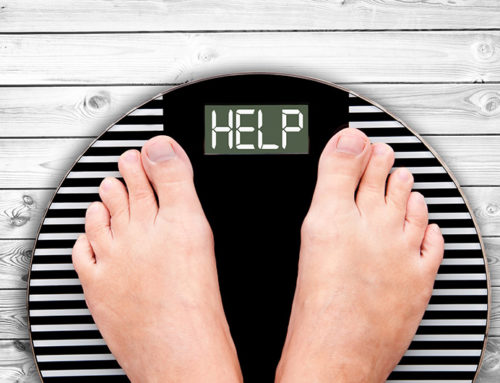
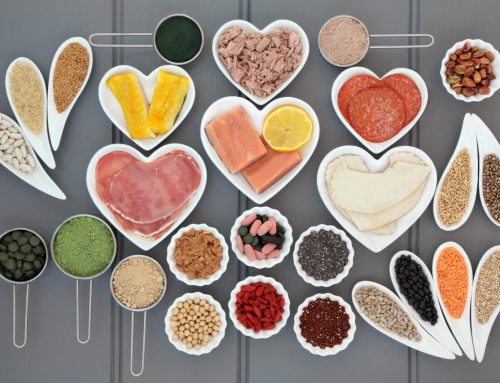
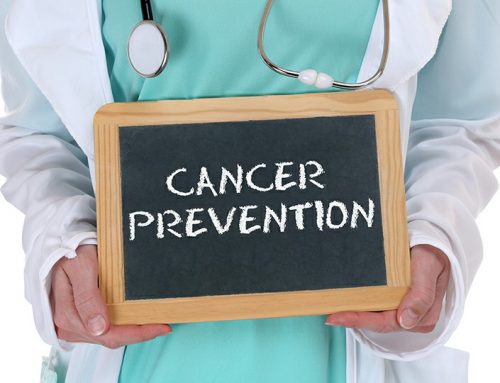
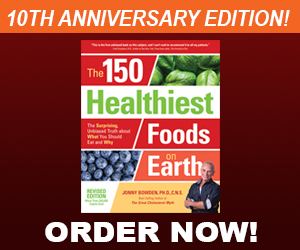

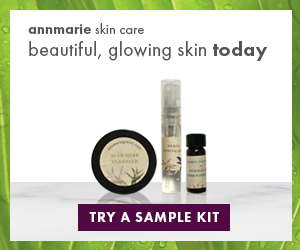

Leave A Comment